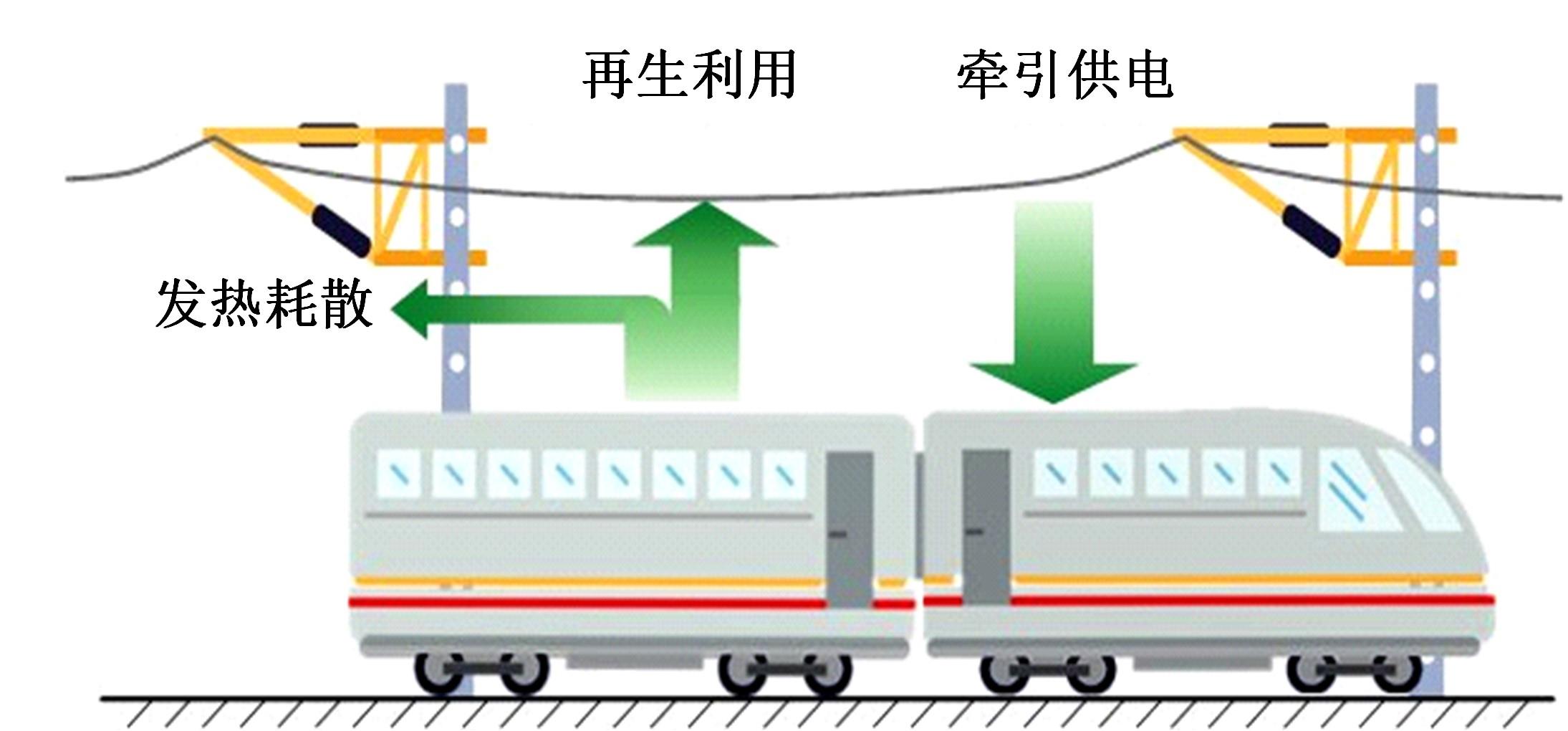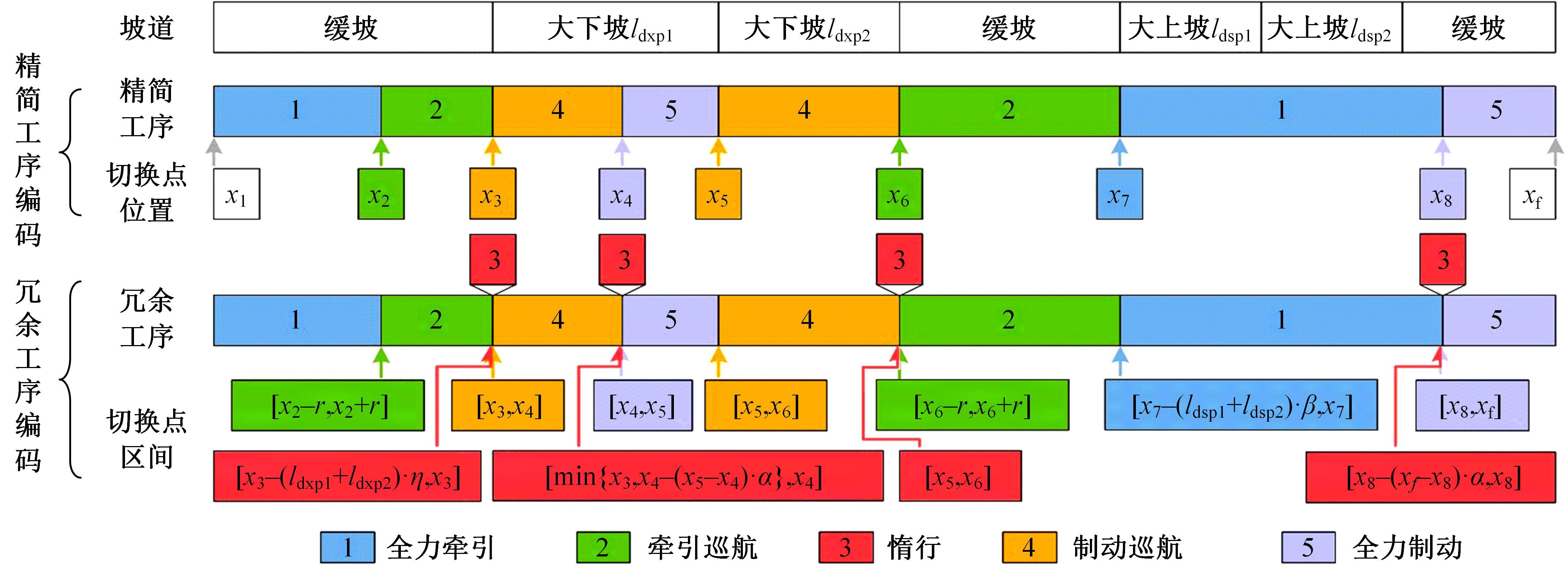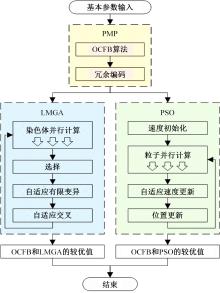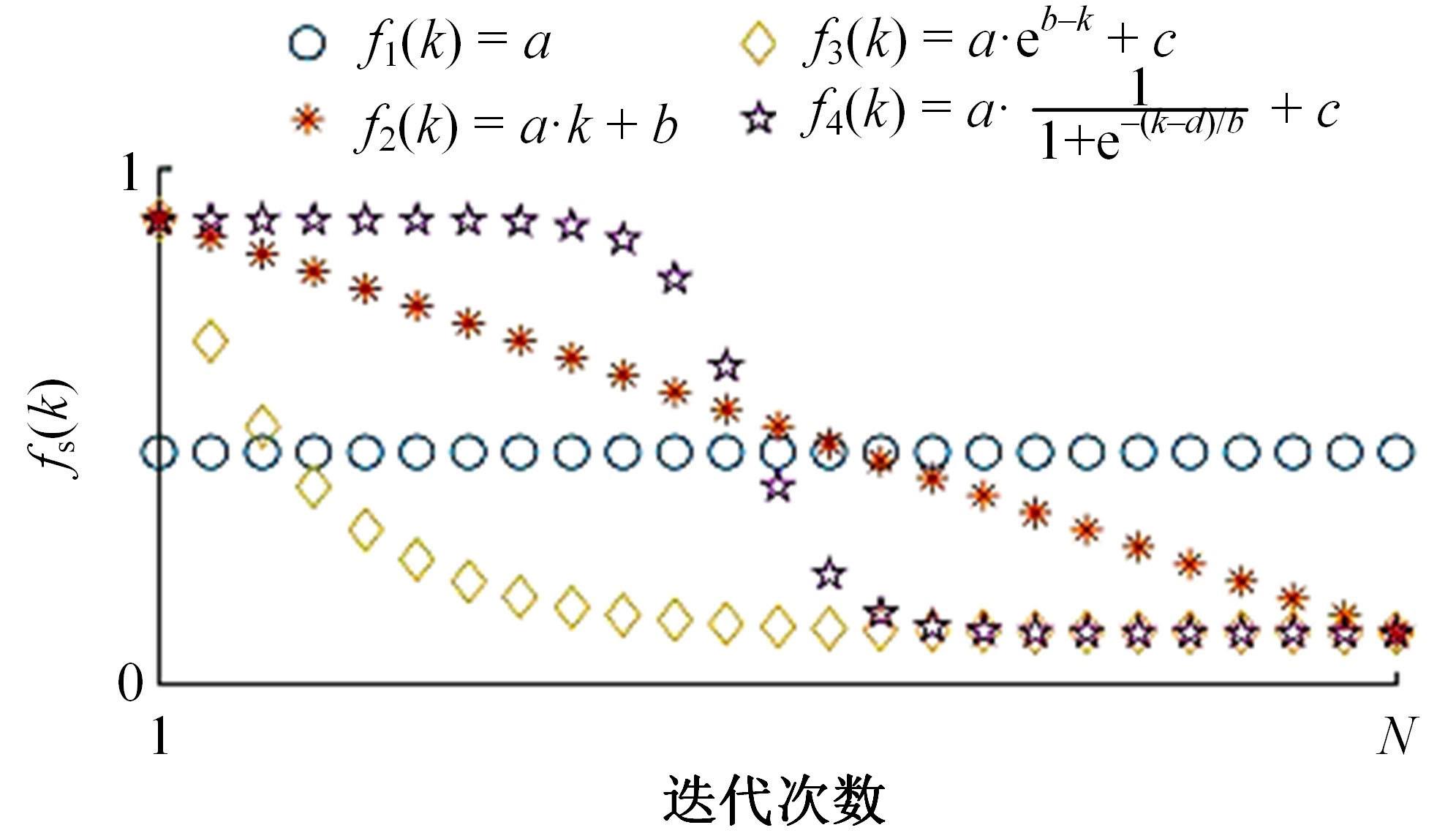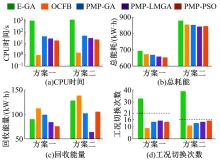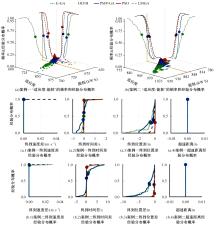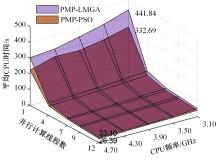Journal of Jilin University(Engineering and Technology Edition) ›› 2023, Vol. 53 ›› Issue (12): 3404-3414.doi: 10.13229/j.cnki.jdxbgxb.20220094
Redundant operation code-based intelligent algorithm for energy⁃efficient driving of high-speed train
Pei-ran YING1( ),Xiao-qing ZENG1(
),Xiao-qing ZENG1( ),Tuo SHEN2,3,Teng-fei YUAN4,5,Hai-feng SONG6,Yi-zeng WANG7
),Tuo SHEN2,3,Teng-fei YUAN4,5,Hai-feng SONG6,Yi-zeng WANG7
- 1.Key Laboratory of Road and Traffic Engineering,Ministry of Education,Tongji University,Shanghai 201804,China
2.School of Optical-Electrical and Computer Engineering,University of Shanghai for Science and Technology,Shanghai 200093,China
3.Shanghai Key Laboratory of Rail Infrastructure Durability and System Safety,Shanghai 201804,China
4.SHU-UTS SILC Business School,Shanghai University,Shanghai 201800,China
5.Shanghai Engineering Research Center of Urban Infrastructure Renewal,Shanghai 200032,China
6.School of Electronic Information Engineering,Beihang University,Beijing 100191,China
7.Department of Computer Science,City University of Hong Kong,Hongkong 999077,China
CLC Number:
- U238
| 1 | Howlett P. The optimal control of a train[J]. Annals of Operations Research, 2000, 98: 65-87. |
| 2 | Scheepmaker G M, Goverde R M P, Kroon L G. Review of energy-efficient train control and timetabling[J]. European Journal of Operational Research, 2017, 257(2): 355-376. |
| 3 | 陈功, 傅瑜, 郭继峰. 飞行器轨迹优化方法综述[J]. 飞行力学, 2011, 29(4): 1-5. |
| Chen Gong, Fu Yu, Guo Ji-feng. Survey of aircraft trajectory optimization methods[J]. Flight Dynamics, 2011, 29(4): 1-5. | |
| 4 | Albrecht A, Howlett P, Pudney P, et al. The key principles of optimal train control—Part 2: existence of an optimal strategy, the local energy minimization principle, uniqueness, computational techniques[J]. Transportation Research Part B—Methodological, 2016, 94: 509-538. |
| 5 | Albrecht A, Howlett P, Pudney P, et al. The key principles of optimal train control—Part 1: formulation of the model, strategies of optimal type, evolutionary lines, location of optimal switching points[J]. Transportation Research Part B—Methodological, 2016, 94: 482-508. |
| 6 | Khmelnitsky E. On an optimal control problem of train operation[J]. IEEE Transactions on Automatic Control, 2000, 45(7): 1257-1266. |
| 7 | 梁志成, 王青元, 何坤, 等. 基于极大值原理的电动车组节能操纵[J]. 铁道学报, 2015, 37(10): 16-25. |
| Liang Zhi-cheng, Wang Qing-yuan, He Kun, et al. Energy saving control of electric multiple unit train based on maximum principle[J]. Journal of the China Railway Society, 2015, 37(10): 16-25. | |
| 8 | 王青元, 冯晓云, 朱金陵, 等. 考虑再生制动能量利用的高速列车节能最优控制仿真研究 [J]. 中国铁道科学, 2015, 36(1): 96-103. |
| Wang Qing-yuan, Feng Xiao-yun, Zhu Jin-ling, et al. Simulation study on optimal energy-efficient control of high speed train considering regenerative brake energy[J]. China Railway Science, 2015, 36(1): 96-103. | |
| 9 | 杨杰. 货运列车节能运行优化与智能控制方法[D]. 北京: 北京交通大学交通运输学院, 2017. |
| Yang Jie. Methodology of energy-efficient freight train optimization and intelligent control[D]. Beijing: School of Traffic and Transportation, Beijing Jiaotong University, 2017. | |
| 10 | Wang W, Zeng X, Shen T, et al. Energy-efficient speed profile optimization for urban rail transit with considerations on train length[C]∥21st International Conference on Intelligent Transportation Systems, Maui, HI, USA, 2018: 1585-1591. |
| 11 | Zhu Q, Su S, Tang T, et al. An eco-driving algorithm for trains through distributing energy: a Q-Learning approach[J]. ISA transactions, 2022, 122: 24-37. |
| 12 | Yang L, Li K, Gao Z, et al. Optimizing trains movement on a railway network[J]. Omega, 2012, 40(5): 619-633. |
| 13 | Wong K, Ho T. Coast control for mass rapid transit railways with searching methods[J]. IEE Proceedings-Electric Power Applications, 2004, 151(3): 365-376. |
| 14 | Kang M-H. A GA-based algorithm for creating an energy-optimum train speed trajectory[J]. Journal of International Council on Electrical Engineering, 2014, 1(2): 123-128. |
| 15 | Lu S, Wang M Q, Weston P, et al. Partial train speed trajectory optimization using mixed-integer linear programming[J]. IEEE Transactions on Intelligent Transportation Systems, 2016, 17(10): 2911-2920. |
| 16 | Yin J, Tang T, Yang L, et al. Research and development of automatic train operation for railway transportation systems: a survey[J]. Transportation Research Part C-Emerging Technologies, 2017, 85: 548-572. |
| 17 | Hartl R F, Sethi S P, Vickson R G. A survey of the maximum-principles for optimal-control problems with state constraints[J]. Siam Review, 1995, 37(2): 181-218. |
| 18 | Liu R, Golovitcher I M. Energy-efficient operation of rail vehicles[J]. Transportation Research Part A: Policy and Practice, 2003, 37(10): 917-932. |
| 19 | Ying P, Zeng X, Song H, et al. Energy-efficient train operation with steep track and speed limits: a novel Pontryagin's maximum principle-based approach for adjoint variable discontinuity cases[J]. IET Intelligent Transport Systems, 2021, 15(9): 1183-1202. |
| 20 | Brenna M, Foiadelli F, Longo M. Application of genetic algorithms for driverless subway train energy optimization[J]. International Journal of Vehicular Technology, 2016(2): 1-14. |
| 21 | 李卓玥. 群智能算法在列车运行速度曲线节能优化中的研究[D]. 北京: 北京交通大学交通运输学院, 2016. |
| Li Zhuo-yue. Research on energy-saving optimization of train speed trajectories based on swarm intelligence algorithms[D]. Beijing: School of Traffic and Transportation, Beijing Jiaotong University, 2016. |
| [1] | Guo-jin TAN,Qing-wen KONG,Xin HE,Pan ZHANG,Run-chao YANG,Yang-jun CHAO,Zhong YANG. Bridge scour depth identification based on dynamic characteristics and improved particle swarm optimization algorithm [J]. Journal of Jilin University(Engineering and Technology Edition), 2023, 53(6): 1592-1600. |
| [2] | Jian WU,Bin XU. Displacement interval prediction model and simulation of accumulation landslide based on ceemdan theory [J]. Journal of Jilin University(Engineering and Technology Edition), 2023, 53(2): 562-568. |
| [3] | Jie LI,Chang-wang JIA,Qi ZHAO. Solution of nonlinear equilibrium state of vehicle steering and its stability determination [J]. Journal of Jilin University(Engineering and Technology Edition), 2023, 53(12): 3326-3334. |
| [4] | Zheng ZHANG,Qi-dan ZHU,Xiao-long LYU,Xing FAN. Optimized method for solving inverse kinematics of redundant manipulator [J]. Journal of Jilin University(Engineering and Technology Edition), 2023, 53(12): 3379-3387. |
| [5] | Yong-gang CHEN,Ji-ye XU,Hai-yong WANG,Wen-xiang XIONG. Fault diagnosis method of point machine based on adaptive neural fuzzy inference network system [J]. Journal of Jilin University(Engineering and Technology Edition), 2023, 53(11): 3274-3280. |
| [6] | Jin-wu GAO,Zhi-huan JIA,Xiang-yang WANG,Hao XING. Degradation trend prediction of proton exchange membrane fuel cell based on PSO⁃LSTM [J]. Journal of Jilin University(Engineering and Technology Edition), 2022, 52(9): 2192-2202. |
| [7] | Chong ZHANG,Yun-feng HU,Xun GONG,Yao SUN. Design of model⁃free adaptive sliding mode controller for cathode flow of fuel cell [J]. Journal of Jilin University(Engineering and Technology Edition), 2022, 52(9): 2085-2095. |
| [8] | Ren-chu GUAN,Bao-run HE,Yan-chun LIANG,Xiao-hu SHI. Particle swarm optimization algorithm based on kinship selection [J]. Journal of Jilin University(Engineering and Technology Edition), 2022, 52(8): 1842-1849. |
| [9] | Jing QIN,De ZHENG,Yi-qiang PEI,Yong LYU,Qing-peng SU,Ying-bo WANG. Prediction method of engine performance and emission based on PSO-GPR [J]. Journal of Jilin University(Engineering and Technology Edition), 2022, 52(7): 1489-1498. |
| [10] | Zhen WANG,Meng GAI,Heng-shuo XU. Surface reconstruction algorithm of 3D scene image based on virtual reality technology [J]. Journal of Jilin University(Engineering and Technology Edition), 2022, 52(7): 1620-1625. |
| [11] | Hai-yan XING,Chao LIU,Cheng XU,Yu-huan CHEN,Song-hong-ze WANG. Quantitative metal magnetic memory classification model of weld grades based on particle swarm optimization fuzzy C⁃means [J]. Journal of Jilin University(Engineering and Technology Edition), 2022, 52(3): 525-532. |
| [12] | Wei LUO,Bo LU,Fei CHEN,Teng MA. Fault diagnosis method of NC turret based on PSO⁃SVM and time sequence [J]. Journal of Jilin University(Engineering and Technology Edition), 2022, 52(2): 392-399. |
| [13] | Si-feng ZHU,Ming-yang ZHAO,Zheng-yi CHAI. Computing offloading scheme based on particle swarm optimization algorithm in edge computing scene [J]. Journal of Jilin University(Engineering and Technology Edition), 2022, 52(11): 2698-2705. |
| [14] | Fang-wu MA,Li HAN,Liang WU,Jin-hang LI,Long-fan YANG. Damping optimization of heavy⁃loaded anti⁃vibration platform based on genetic algorithm and particle swarm algorithm [J]. Journal of Jilin University(Engineering and Technology Edition), 2020, 50(5): 1608-1616. |
| [15] | Chang-qing DU,Xi-liang CAO,Biao HE,Wei-qun REN. Parameters optimization of dual clutch transmission based on hybrid particle swarm optimization [J]. Journal of Jilin University(Engineering and Technology Edition), 2020, 50(5): 1556-1564. |
|
||

